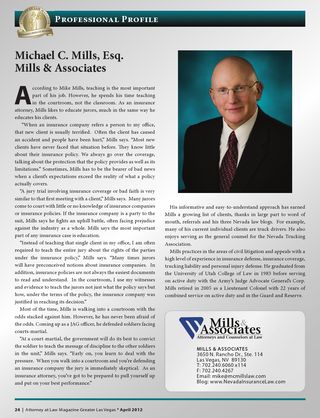 Ever since the California Supreme Court decided Howell v. Hamilton Meats & Provisions, Inc., 52 Cal 4th 541 (2013), California’s lower courts have been dealing with the billed vs. paid issue. The opinion of Corenbaum v. Lampkin, 214 Cal.App.4th 1308 (2013) is an example.
Ever since the California Supreme Court decided Howell v. Hamilton Meats & Provisions, Inc., 52 Cal 4th 541 (2013), California’s lower courts have been dealing with the billed vs. paid issue. The opinion of Corenbaum v. Lampkin, 214 Cal.App.4th 1308 (2013) is an example.
An intoxicated Lampkin drove his car and hit the taxi in which Corenbaum was a passenger. Cornebaum’s medical insurance paid his bills but at a discounted rate. In other words, the medical providers accepted the reduced rate as payment in full. At the trial, which was held before the Howell opinion, the parties agreed per the then controlling law of Hanif v. Housing Authority ,200 Cal.App.3d 635, 640-641 (1988), and Nishihama v. City and County of San Francisco, 93 Cal.App.4th 298, 306-307 (2001) that the amounts that the medical providers “billed” could be admitted at trial. However, the court agreed to consider post trial whether amounts that the doctors were “paid” would go to reduce those medical special damages.
After the Corenbaum trial wrapped up but before the appeal brief were written, along came the Howell opinion. The appeals court in Corenbuam found that even though the defense had not raises the “billed vs. paid” issue at trial, it could raise the issue on appeal.
The Corenbaum court went on to make some sweeping rulings based upon its interpretation of Howell. The court found that the amount billed by the doctors was not relevant for just about anything. In other words, the billed amount should never have been admitted into evidence in the first place. Since the doctors had accepted the “paid amount” as a payment in full, the amount billed was not relevant to the amount of past medical expenses. The court said that the billed amount was not relevant to the issue of future medical expense and experts could not use the billed amount as a basis to predict future medical expenses. Nor was the billed amount relevant in deciding the amount of pain and suffering. In essence, the court ordered a retrial on the compensatory damages issue without either party making an mention of the “billed” amount. Instead, the court decided that at this retrial, the “paid” amount would be admitted without an explanation as to how or why the reduction happened. This solution would avoid violating the “collateral source” rule by the mention of medical insurance that paid the bill. Theoretically, this is a great decision for the defense in this case. But practically speaking, it is going to be difficult for plaintiffs to recreate the same situation from scratch in future cases.
As the effects of the Howell decision continue to be felt, stay tuned to the Nevada Law Blogs to learn more and see if Nevada ultimately follows this California precedent. You can also contact Mike Mills by email mike@mcmillslaw.com or by phone 702-240-6060 to discuss your case.
 Follow
Follow Email
Email


